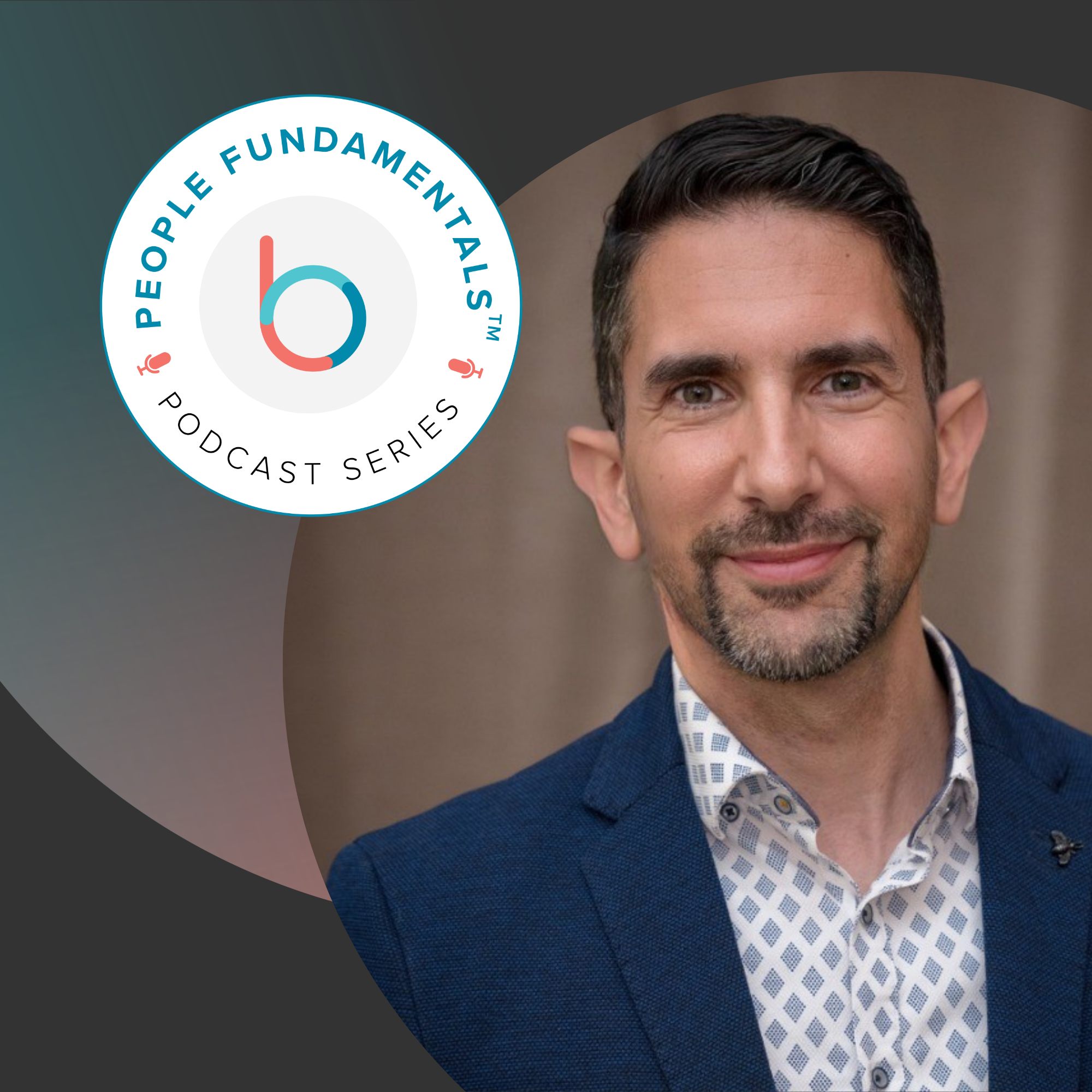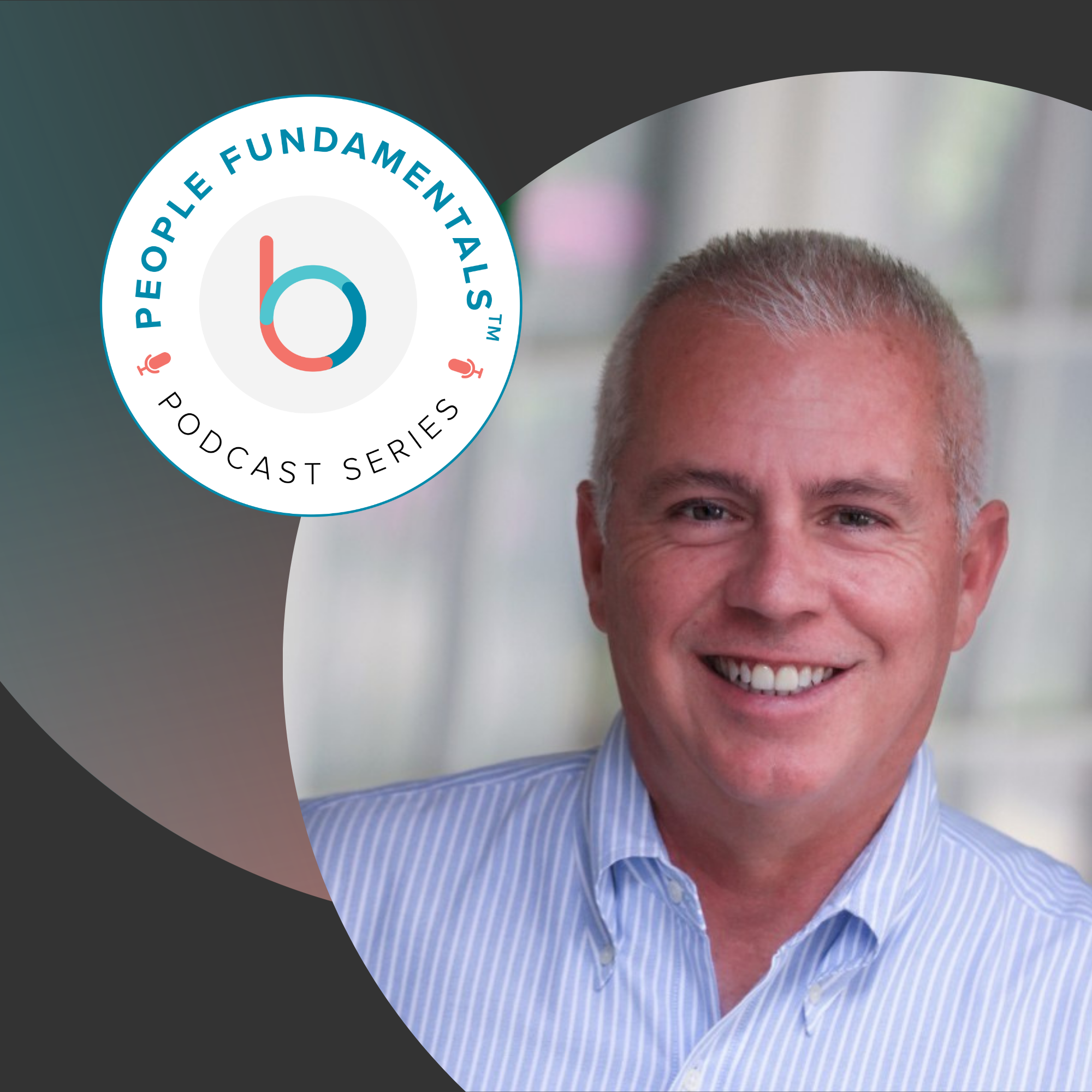Employee engagement increases productivity, improves culture, and reduces costly turnover within an organization. To maximize engagement across an enterprise, HR needs to start with fundamentally sound, insightful survey questions that serve as an essential foundation for a comprehensive engagement strategy.
Our approach in developing research questions draws on more than two decades of academic research, resulting in 13 different categories that each drive engagement in a specific way. By working with innovators in employee engagement, such as NYU professor Gavin Kilduff, our employee survey questions are thorough, detailed, and relevant to an employer’s needs.
Likewise, our rigorous development process ensures that we avoid repetitive, overlapping questions and answers while still optimizing depth and detail for your employee engagement survey. To give you a clearer perspective on the value of research-based employee surveys, we’re going to take a closer look at our comprehensive set of questions, including:
- The 13 categories we identified as engagement drivers
- A sample Likert scale-based survey question from each category
- How each category & question impact employee engagement
While we’re only covering 13 of the 50 different questions from our Employee Engagement Framework & Templates, our goal is to demonstrate the reasoning used throughout their design. Doing so will reveal the importance of using well-researched survey questions to measure the state of employee engagement and job satisfaction.
1. Engagement

Engagement is the lynchpin to all of our questions and drivers. As a broad category, it helps identify areas where an employer can drill further down to reveal any issues that might be limiting engagement levels. Conceptually, employee engagement measures how an individual feels about an organization and their role within it.
Question: I would recommend my company as a great place to work.
Similar to a net promoter score (NPS) topic used to measure customer satisfaction, this question speaks to an employee’s overall happiness with an employer. If a worker is willing to recommend an organization to a friend or peer, then they are likely engaged and satisfied. If they are uncomfortable recommending it, however, it probably speaks to underlying issues that subsequent survey questions can explore. However, it probably speaks to underlying issues that subsequent CSAT tools and survey questions can explore.
2. Company Performance
This driver isn’t so much about financial metrics as it is an employee’s perception of an organization’s overall health and performance. If a workforce perceives that an organization is underperforming, even if they’re far outpacing the competition, then it will ultimately foster a negative attitude towards the employer.
Question: I believe that my company is in a position to succeed.
Poor market performance over consecutive quarters or years is the most obvious reason why an employee might respond negatively to this question. However, if performance is strong and responses are still negative, it could indicate that a worker lacks trust in the organization, its leadership, or both. Thus, this question is more about trust and a sense of security than actual performance. Also, low scores could indicate that leadership isn’t communicating with employees often enough about company performance to begin with.
3. Leadership

Executive-level leadership is instrumental in developing confidence in an employer. If an organization’s high-level leaders appear distant and disconnected from a workforce, then employees can feel as if they don’t have a voice.
Question: I have confidence in the leaders at my company to make the best decisions for the company.
Leadership is driving the bus that an organization’s employees are passengers within. If a workforce doesn’t have confidence in leadership’s ability to drive, then they’ll continually feel as if something could go wrong at any moment. Alternatively, if a workforce is confident in a leader’s ability to make sound decisions, then engagement levels rise and the entire organization benefits.
4. Management
This driver explores the relationship between an employee and their immediate manager. A healthy relationship helps ensure that work is getting done and employees are growing and thriving within their roles.
Question: My supervisor and I have a good working relationship.
This question helps an employer quantify that critical relationship a manager has with their employees. When HR identifies a negative trend across a particular manager’s team, it’s a red flag that issues exist with that manager’s performance. Organizations can use the habits of their highest-scoring managers as guidance for lower-scoring ones.
5. Collaboration & Teamwork
As an engagement driver, collaboration and teamwork gauges how employees feel about their coworkers. These factors reveal how enjoyable interactions are with a worker’s peers, and if an employee feels a sense of trust, safety, and belonging with their coworkers.
Question: I feel like I am part of a team.
Like immediate managers, an employee’s team will have a profound impact on their engagement with the organization, peers, and their work itself. A team that lacks a collaborative and helpful spirit will limit the productivity and motivation of each of its members.
6. Communication
Fluid and efficient communication is essential at every level of an organization and throughout the employee experience. It is a vital component of an engaged workforce, something that an employer must foster between leaders and the overall employee base, managers and their workers, and amongst teams as well.
Question: Members of my team are able to bring up problems and tough issues.
When a team lacks a sufficient voice and cannot openly discuss issues, those issues can quickly come to a boil and lead to more significant problems like poor productivity and attrition. Also, when a team cannot resolve such issues internally, those same issues often become systemic. Once that occurs, what might have started within a single team or department can essentially infect the entire organization.
7. Workload

Overworked employees, whether from their assigned workload or imbalanced work across a team, can overwhelm a workforce. Soon thereafter, the quality of work falls as people rush to accomplish more in less time. As a result, both customer satisfaction and employee morale can drop, creating a domino effect that impacts labor costs, revenue, and profitability.
Question: My company allows me to have a satisfactory work-life balance.
An overwhelming workload can spill over into an employee’s personal life. Without a healthy balance between the office and home, a person’s overall quality of life will eventually suffer, significantly increasing the chances of burnout, poor productivity, and attrition.
8. Purpose
When an employee feels a sense of purpose, they are connected with the organization. Purposeful work doesn’t necessarily correlate with the company’s mission statement or values but measures how important or valuable a worker feels their contributions matter to the team and company. Employees that have a sense of purpose towards their role in the organization are more likely to be engaged and motivated to succeed.
Question: I understand how my work affects the company-wide goals of my company.
When an organization clearly defines a person’s role within the bigger picture, an employee can think outside of themselves. Suddenly, their work isn’t just a 9-to-5 on an assembly line or in an office but, instead, directly affects their coworkers, customers, and an organization’s stakeholders. If someone works for a well-minded charity but doesn’t feel purpose towards their position, they can still feel empty in their role and disengaged from the organization.
9. Meaningful Work
Meaningful work is another engagement driver that’s closely linked to a sense of purpose. A person that feels meaning in their work is inspired by it and personally motivated to succeed. For instance, an employee might not feel a sense of purpose in their role but can still find the work meaningful because of career opportunities or how they get to use their skill set.
Question: I feel like I have the opportunity to apply my talents and expertise at work.
This question measures how an employee’s work can inspire them and increase their engagement. If a person feels like they’re using their skills and knowledge, they’re more likely to feel engaged with the organization as a whole. When an employee utilizes their unique talents, it makes their work feel more meaningful.
10. Environment
A multifaceted engagement driver, environment is essential from both a physical and psychological perspective. Physically, a work environment that prioritizes safety and security through sound procedures, accessibility features, and safe equipment naturally lends itself to better engagement. Likewise, a diverse environment that promotes equality and open-mindedness also correlates with higher engagement levels.
Question: People from all backgrounds are treated fairly at my company.
This question speaks of the psychological safety within a work environment. People need to feel as if the employer is treating them fairly, no matter their preferences, ethnicity, or belief system. If they don’t, there’s likely an issue within the organization that HR must quickly address before it becomes more widespread.
11. Feedback & Recognition

Recognition plays a critical role in developing a company culture that makes employees want to continually improve and feel like they’re working toward something. When someone is recognized for their hard work and receives feedback on their performance, they will naturally feel more engaged.
Question: I receive useful feedback on how I am performing in my role.
If management sees clusters of low favorability scores with this question, it’s another example where issues with a specific manager, department, or team are negatively affecting engagement and employee satisfaction. Generally low scores could indicate that the organization is not providing sufficient feedback to the employees, meaning its workers do not have clear guidance on how to improve within their roles or how well their performance meets expectations.
12. Growth
Employees will feel less engaged if they think they are in a dead-end job. When someone feels like there’s room to progress and advance their career, they’ll feel compelled to succeed and more engaged with the organization, peers, and their work. If an employee does not sense growth opportunities, they’re usually less motivated to excel.
Question: I believe there are good career opportunities available to me at my company.
Exploring career opportunities as an engagement driver is a convenient way for HR to determine if the organization is prioritizing learning & development, career paths, and personal growth.
13. Benefits
While more money doesn’t necessarily equal better engagement, something like a lackluster benefits package gives employees little motivation to stay engaged with their work. Poor benefits can speak to a bigger issue of feeling undervalued and inconsequential.
Question: I feel like I am compensated fairly for the work that I do.
Like the question addressing employee recognition, workers want to feel as if the organization values their contributions. Inadequate compensation or benefits creates dissatisfaction with the organization and limits what an employee feels motivated to do within their role. If someone thinks their employer isn’t treating them fairly, either through action, policies, or compensation, they’re more likely to feel disengaged.
Even these rigorously researched survey questions won’t provide deep insights unless they’re used to drive a properly segmented analysis that informs precise action planning. It’s that comprehensive approach that allows Human Resources and management to enact measurable change based on a clear understanding of the survey results. Any missing component along the way – the right questions, employee segment data, or in-depth analysis – will limit the effectiveness of the action plans as well as the overall engagement strategy. However, a well-informed approach founded on consistent employee feedback can transform an organization, enhance company culture, and release the full potential of its employee base.






